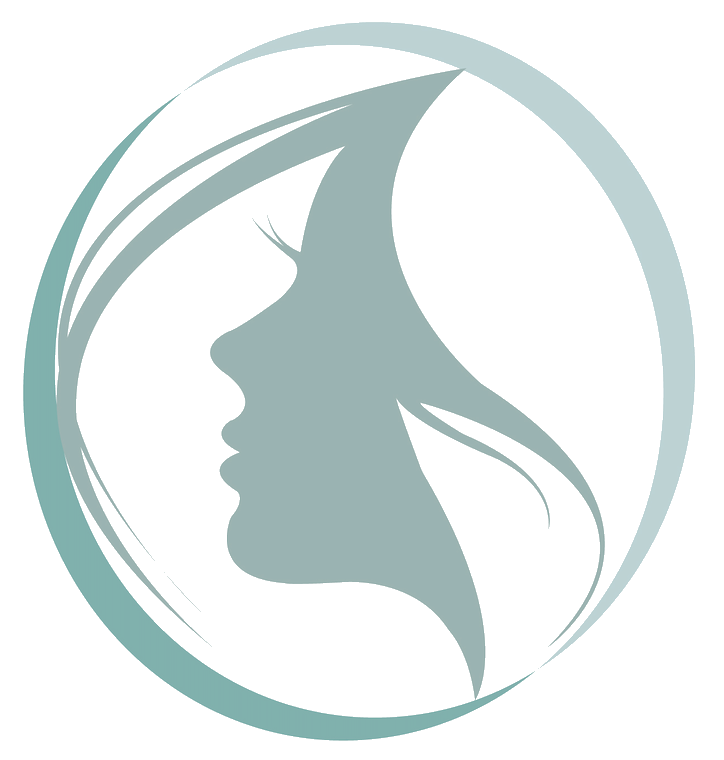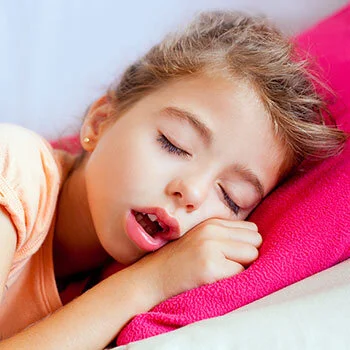
Snoring & Sleep Apnea
Sleep Disordered Breathing
Sleep disordered breathing (SDB) is a term used for multiple breathing conditions. These include snoring, mouth breathing, sleep apnea, and upper airway resistance syndrome. Common things with SDB is that they all have to do with the anatomy and function of the upper airway. This affects sleep patterns, daytime fatigue & exhaustion, and puts strain on a persons nervous system and major organs.
DID YOU KNOW: clenching and grinding can also be related to sleep disordered breathing and sleep apnea?
Do You Get Enough Sleep?
Lack of sleep can affect several daily functions like mood, judgement and memory. Chronic deprivation of sleep can result in serious health problems that include but are not limited to: high blood pressure, cardiovascular disease, diabetes, obesity, anxiety/depression and much more. WHY? when sleep is constantly being interpreted our bodies don’t go into REM sleep and this is the stage where our bodies heal themselves.
Obstructive Sleep Apnea in Adults and Children
Snoring and mouth breathing at night can be an early warning sign of sleep disordered breathing. Myofunctional therapy may be an alternative treatment for sleep apnea by decreasing its severity and helping with CPAP compliance and sleep hygiene.
In recent studies, Myofunctional Therapy has been shown to decrease the apnea-hypopnea index (AHI) by approximately 50% in adults and 62% in children!
Sleep disordered breathing conditions in children can impact oral and facial development, behavioural concerns and impact overall health. Many sleep specialists are using Myofunctional Therapy to improve breathing during sleep as new studies are linking ADD/ADHD to sleep disordered breathing. Nasal breathing is key for a healthy sleep cycle and facial development.
Adult Warning Signs of OSA:
Snoring
Chronic mouth breathing
Hyperactivity
Teeth Grinding/clenching
Anxiety/depression/mood changes
Choking/gasping sensation during sleep
Chronic daytime fatigue/foggy head
Forgetfulness/difficulty concentrating
Bedwetting or needing to use the bathroom at night
Warning Signs of OSA in Kids:
Snoring
ADD/ADHD
Bed wetting
Sleep walking
Restless sleep
Slowed growth
Teeth grinding
Mouth breathing
Recognizing early warning signs of OSA are key to preventing symptoms and treating underlying causes.
It is recommended to monitor breathing patterns when a tongue-tie is present as this is a significant factor in the development of sleep disordered breathing.

How can Myofunctional Therapy help?
With Obstructive Sleep Apnea (OSA) and snoring, people tend to have weak and improperly functioning oral muscles. If you can strengthen those muscles and improve oral posture you can ease the symptoms of OSA and snoring. This is why Myofunctional Therapy is proving to be an effective way to treat OSA and snoring as it works great to strengthen and re-pattern oral muscles —> improving airway tone.
Diagnosing Sleep Apnea
Medical doctors are the only practitioners who can diagnose sleep apnea. Even dentists who specialize in sleep dentistry are not able to diagnose obstructive sleep apnea
During the comprehensive evaluation, if signs and symptoms of OSA are present, recommendations to visit a medical doctor to arrange a sleep study may be necessary. Knowing your diagnosis and sleep score is helpful determining a treatment plan.


